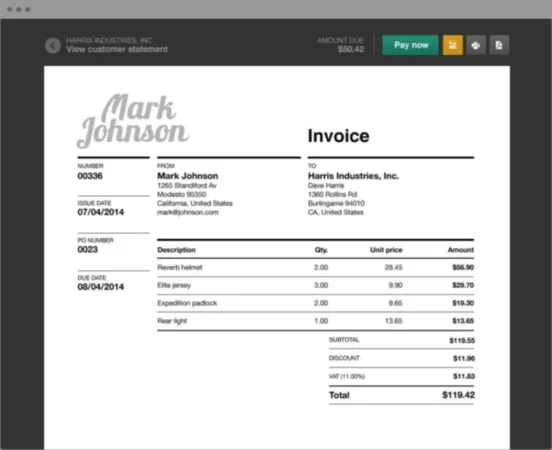Inventory is a way of verifying the actual availability of valuables listed in the organization’s accounting records, their condition and correct storage, and so on with accounting data. The purpose of the inventory is to ensure the reliability of accounting and reporting data.
In addition, this is one of the most effective mechanisms of internal control of the completeness and timeliness of settlements under business contracts and obligations to pay taxes and fees, compliance with legal requirements on the implementation and accounting of financial and economic activities, timely detection of errors in accounting and corrections to accounting and reporting data. It is necessary to carry out an inventory not only of one’s own inventory, but also of valuables taken for storage or rented.
Before starting the sale of goods, each entrepreneur must decide what method of inventory accounting the company will use. The choice of the system must be fixed in the accounting policy of the enterprise. The choice of inventory accounting system determines the choice of accounting software, the organization of the workflow, the content, and the frequency of various internal financial statements and summaries.
Overview
Periodic inventory is a method for determining inventory balances, which consists of comparing the balances actually counted at the end of each period with the data on balances according to the accounting registers.
Periodic inventory is carried out at specific dates depending on the type and nature of the inventory. It is no longer widely used because it entails a pause of most production processes so that the controllers can make accurate records. Control teams count the number of available goods in the warehouse for each inventory account, materials in production, and finished products.
Periodic inventory is carried out according to the plan approved by the management. Unscheduled inventory counts are carried out during audits in connection with the detection of theft or when a financially responsible person is replaced.
The periodic inventory system involves a physical count of all available goods, which is called taking a physical inventory at the end of the reporting period. This is a difficult task as it is easy to miss a product or count it twice. It is recommended to use programs for inventory to reduce time, labor costs, and most importantly, reduce the number of errors.
This method does not require a daily recording of inventory movements. The cost of materials used or the cost of goods sold cannot be accurately determined until physical inventory recalculation is performed, ending balances are estimated, and settlement is made.
The disadvantage of this method is that accounting records reflect the actual financial position of the company only after taking physical inventory. Throughout the entire period between inventory counts, accounting data does not reflect the actual status of the assets at the enterprise. Therefore, this method of accounting for stocks is not suitable for daily summaries and financial statements.
The obvious shortcomings of the periodic inventory are compensated by the continuous inventory method. Under this system, responsible individuals count a certain amount or a certain percentage of the stock on hand every day or every week and adjust the ongoing inventory accounts accordingly. In this way, all stocks can be checked without much interfering with the normal operation of production.
Usage
Usually, the periodic inventory system is used by firms selling large volumes of cheap goods, due to the laboriousness and high cost of organizing the whole process of keeping track of every single item. These firms include pharmacies, auto parts stores, discount department stores, and similar companies. Conversely, firms that sell high-value goods (electrical appliances or cars) tend to use other methods of keeping track of their inventory.
The cost of goods sold is determined at the end of the reporting period. In the simplest case, the cost of purchased goods is accumulated on the Purchases account, and then at the end of the reporting period, to determine the cost of goods sold, the actual availability of inventory is deducted from the total cost of purchased goods plus the initial inventory of goods.



















